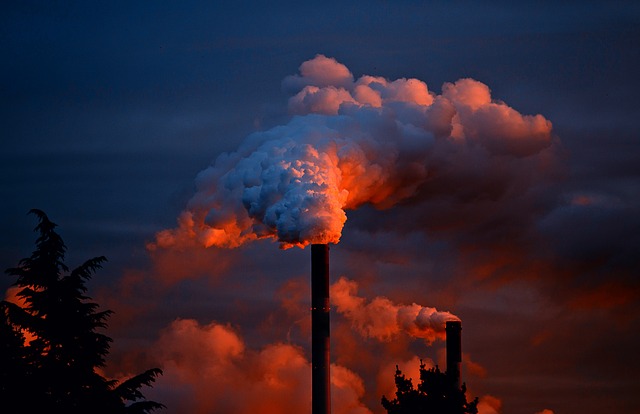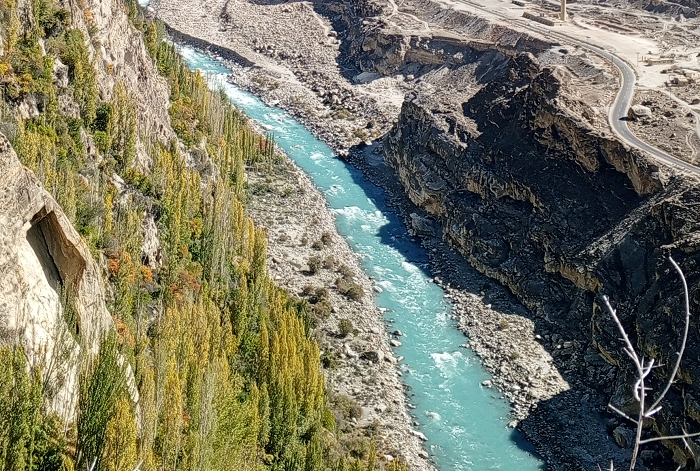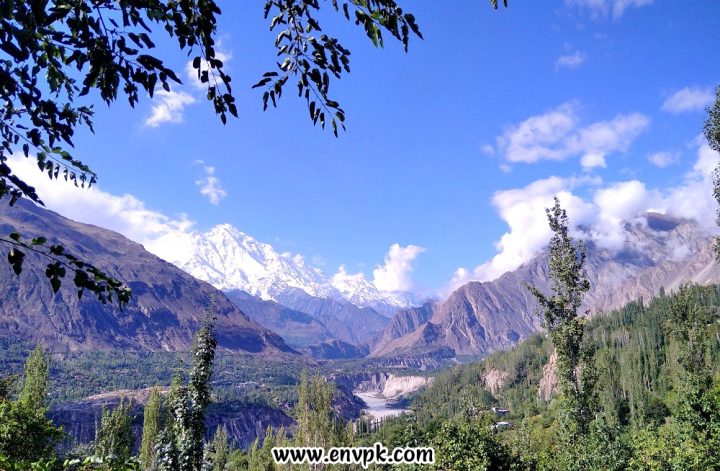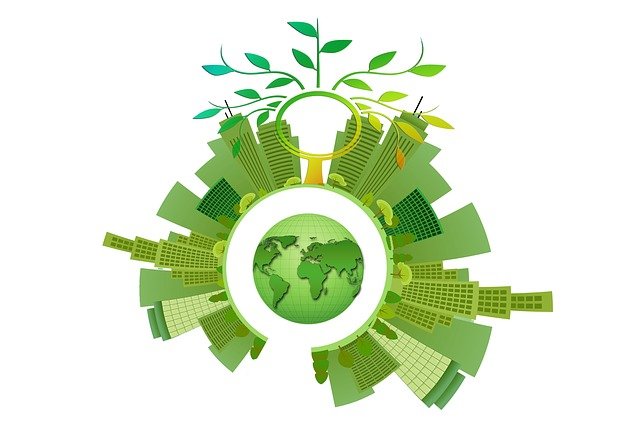What is meant by Transboundary Pollution?
Transboundary pollution in simple terms can be defined as the kind of pollution that transcends the boundaries of nations and countries set geographically or politically. This basically means that any pollution rising or being emitted from industries in one country can cross over into the air space of another country and cause adverse effects in that region.
In other words, transboundary pollution is responsible for causing negative effects in a region that is not responsible for emitting that pollution in the first place. This leads to violations of international air pollution laws and transboundary effects that can be used for demanding damage repairs in monetary value.
You might also be interested in reading: Impacts of Transboundary Pollution on Pakistan
Causes and Effects of Transboundary Pollution:
- Transportation Sector:
CAUSES: Increased use and ownership of vehicles among private holders has lead to increased air pollution which contribute more in driving the emissions to higher atmospheric levels from where they can easily cross boundaries and cause adverse effects in neighboring regions and countries.
EFFECTS: This can lead to acid rain problem in nearby countries as was the case in the 1980s in the Scandinavian countries of mainly Norway and Sweden. These countries strongly objected to this as it was found that the cause of the acid rain was the pollution that was of British origin mainly. As a result, a convention was held and the Long Range Transboundary Pollution Act (LRTAP) was passed in 1979. - Energy Sector:
CAUSES: Increased use of fossil fuels like coal, petroleum, oil and natural gas that contribute more to the formation of sulfur dioxide and nitrogen dioxide emissions along with other criteria pollutants.
EFFECTS: This pollution is of the kind that can be be the cause of various problems like Acid rain that damages limestone building exteriors and ancient monuments and statues with historical and cultural significance along with Greenhouse Effect and Global Warming that in turn is responsible for driving Climate Change. Also read: Is Transition To Clean Energy Crucial For Our Survival? - Industrial Emissions:
CAUSES: As a cure for the world wide problem of increased local air quality and poor visibility due to increased air pollution in the region, the high stack emission systems was introduced which meant increasing the height of the chimneys in the industrial factories so that the emissions are released in the upper atmosphere and carried away from the locality via the stronger winds.
EFFECTS: While this was effective in the improvement of the local air quality however, the high stack chimneys resulted in many neighboring countries suffering from increased particulate pollution that resulted in blackening glaciers, Volatile organic pollutants and other persistent organic pollutants that eventually resulted in acid rain and formation of ground level ozone in the other countries. This effected the people’s health and caused a lot of distress to the government and increased the demands for monetary damages to be paid. Also read: Air Pollution– Sources, Effects, and Control - Sensitivity to the Ecosystems and aquatic habitats is increased due to transboundary pollution, as changes in the pH of the water can be detrimental to the variety of species of both plants and animals.
- Glacial deposits of particulate matter and ash from carbon combustion in cars and other fossil fuel burning processes falling under human activities. These speed up the rate at which the glaciers are melting, causing flash floods for the local population and even cause a rise in the global sea level which is extremely alarming.
Check out: Blackening Glaciers of World -Carbon Black Deposition Impact and Black Soot and Ash Deposits on Glaciers – Causes and Impacts
Conclusion:
Even though as of recent, the acid rain is not a global problem thanks to the cLRTAP- Long Range Transboundary Pollution Act being implemented properly and with dedication. This has been controlled in a lot of parts of the world and is now significantly not considered to be a serious global issue however, it is still a issue in developing countries where proper pollution control technologies such as smoke electrostatic precipitators are not being used to convert the pollutant filled smoke and gaseous effluents into something significantly less harmful and toxic. Thus, it is now majorly a developing country problem.
You may also be interested in: Controlling Air Pollution Crucial for Mitigating World’s Environmental Crises
We hope you liked this post! Please comment below if you have any suggestions, comments or feedback! We at #envpk love hearing from readers! Thanks




